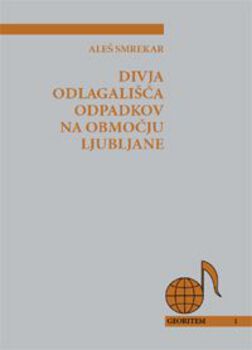Divja odlagališča odpadkov na območju Ljubljane
Knjiga obravnava tako problematiko ravnanja z odpadki kot tudi celovito varovanje okolja in njegovih pokrajinotvornih sestavin, še zlasti podzemne vode, s posebnim poudarkom na manj obremenjenem primestnem Iškem vršaju in območjih lokalnih vodnih virov v Mestni občini Ljubljana ter bolj obremenjenem Ljubljanskem polju. Ugotavljali smo predvsem lokacije divjih odlagališč in njihovo dostopnost, velikostne in okoljske parametre ter sestavo odpadkov. Izvedli smo tudi popise opozorilnih tabel, ovir za dovažanje odpadkov in gramoznic. Na obravnavanih območjih smo našli in preučili kar 1586 divjih odlagališč odpadkov, 58 opozorilnih tabel, 57 ovir in 100 gramoznic, ki neozaveščene posameznike in celo podjetja kar kličejo po nedovoljenem odlaganju odpadkov. Dve tretjini odpadkov sta gradbenega izvora. V knjigi predstavljamo tudi izvirno zasnovano metodologijo predloga sanacije degradirane pokrajine.
Prenosi

Zbirka
Licenca

To delo je licencirano pod Creative Commons Priznanje avtorstva-Nekomercialno-Brez predelav 4.0 mednarodno licenco.
